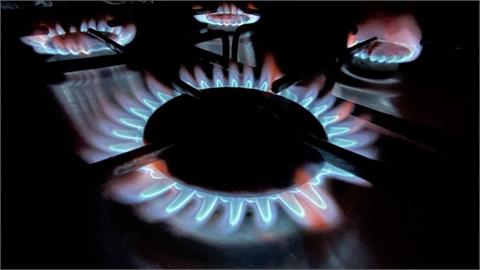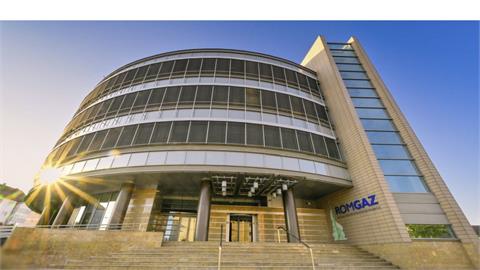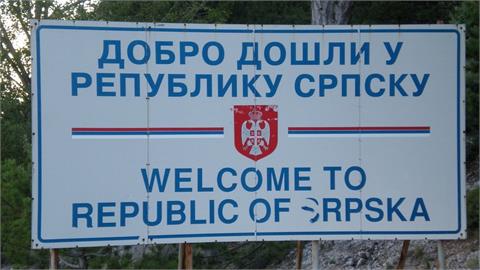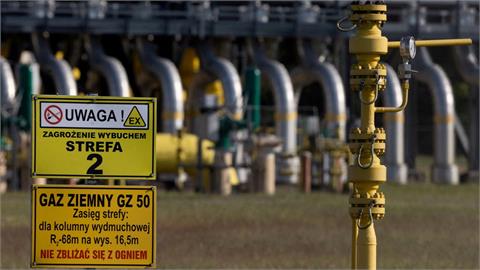The world is on track to run out of sufficient oil supply to meet its needs through 2050, despite lower future demand due to the Covid-19 pandemic and the accelerating energy transition, unless exploration speeds up significantly, Norway-based independent research institution Rystad Energy said in a report on Wednesday.
More than 313 billion barrels of oil need to be added to currently producing reserves to meet global demand over the next 30 years, according to the report.
To match this requirement, exploration programs would have to discover a worthy-to-develop resource of 139 billion new barrels of liquids by 2050, Rystad Energy said, labeling it as "an impossible task if this decade’s low exploration activity levels persist.”
"The target is high because not all existing discovered volumes are profitable to develop. In theory, the total undeveloped supply would amount to 248 billion barrels of oil between 2021 and 2050," it said.
However, the research company said based on the current status, about 74 billion barrels are highly unlikely to materialize and new discoveries are needed.
Looking at the global conventional exploration potential, Rystad Energy highlighted the need for further appraisal of existing fields and resources along with new discoveries.
The first one includes projects in their early production stage, projects under development, and risk-free volumes in discovered assets, it said.
"We expect that some future exploration activity will lead to reservoir delineation and enhancement of resource estimates, while technological improvements and other secondary recovery techniques will also increase recoverable volumes.
"Projects in the above-mentioned categories are currently forecast to contribute around 378 billion barrels of liquids supply between 2021 and 2050. If future exploration follows industry norms, it will enhance recoverable resources by around 5%, or 18 billion barrels, leaving a deficit of about 121 billion barrels to be unearthed through future exploration drilling in currently undiscovered areas – our second source of new supply," it added.
-484 billion barrels of new resources needed through 2050
Analyzing the discovery rates of the current decade and the latest trends, the report forecast that global conventional discovered liquid volumes could settle at around 4 billion barrels per year, with an average discovery size of around 40 million barrels.
This means that explorers would need to announce at least 100 new conventional discoveries each year to reach the magic volume number needed to meet demand, the research company said.
However, it warned that all volumes discovered during this period may not be developed and produced, and much of it may not be brought on stream to meet demand by 2050.
Therefore, it said the total discovered volumes would have to be much higher than the required cumulative liquids supply.
Reviewing the period from 1990 to 2020 in terms of the number of new discoveries, Rystad said about 617 billion barrels of liquids have been found and about 25% of these discovered volumes had been produced through 2020.
That shows that explorers would have to unearth about 484 billion barrels of new resources through 2050 to compensate for the required 121 billion barrels of liquids over the next 30 years, the research company said.
- Unconventional vs conventional exploration
Rystad Energy predicted that unconventional exploration would contribute around 30% of the deficit volumes between 2021 and 2050, which means that conventional exploration drilling would need to unearth around 330 billion barrels of oil through 2050 to meet global demand.
The company said the global exploration success ratio has dropped sharply, from about 72% in 2010 to 17% in 2020. As "easier” hydrocarbons are already discovered, it said finding new resources in mature areas would be more difficult.
"We, therefore, expect to see an average success ratio of 15% to 20% through 2050. A 20% ratio requires around 500 wells to be drilled each year, or 650 wells at a 15% chance of success," it added.
The company estimated that deep-water offshore drilling would dominate future new discoveries.
"More challenging drilling environments will push the average well cost to about $50 million, lifting the annual cost of exploration drilling to between $25 billion and $33 billion in at the above success rates," it added.
(Anadolu Agency, December 10, 2020)



